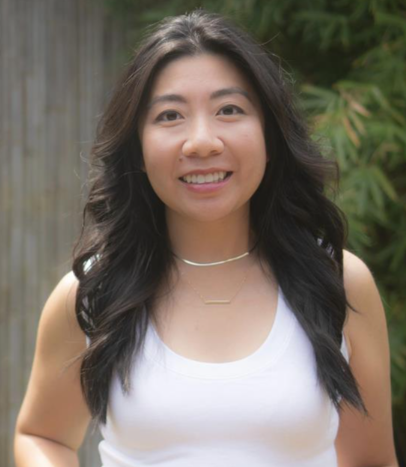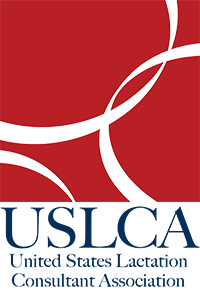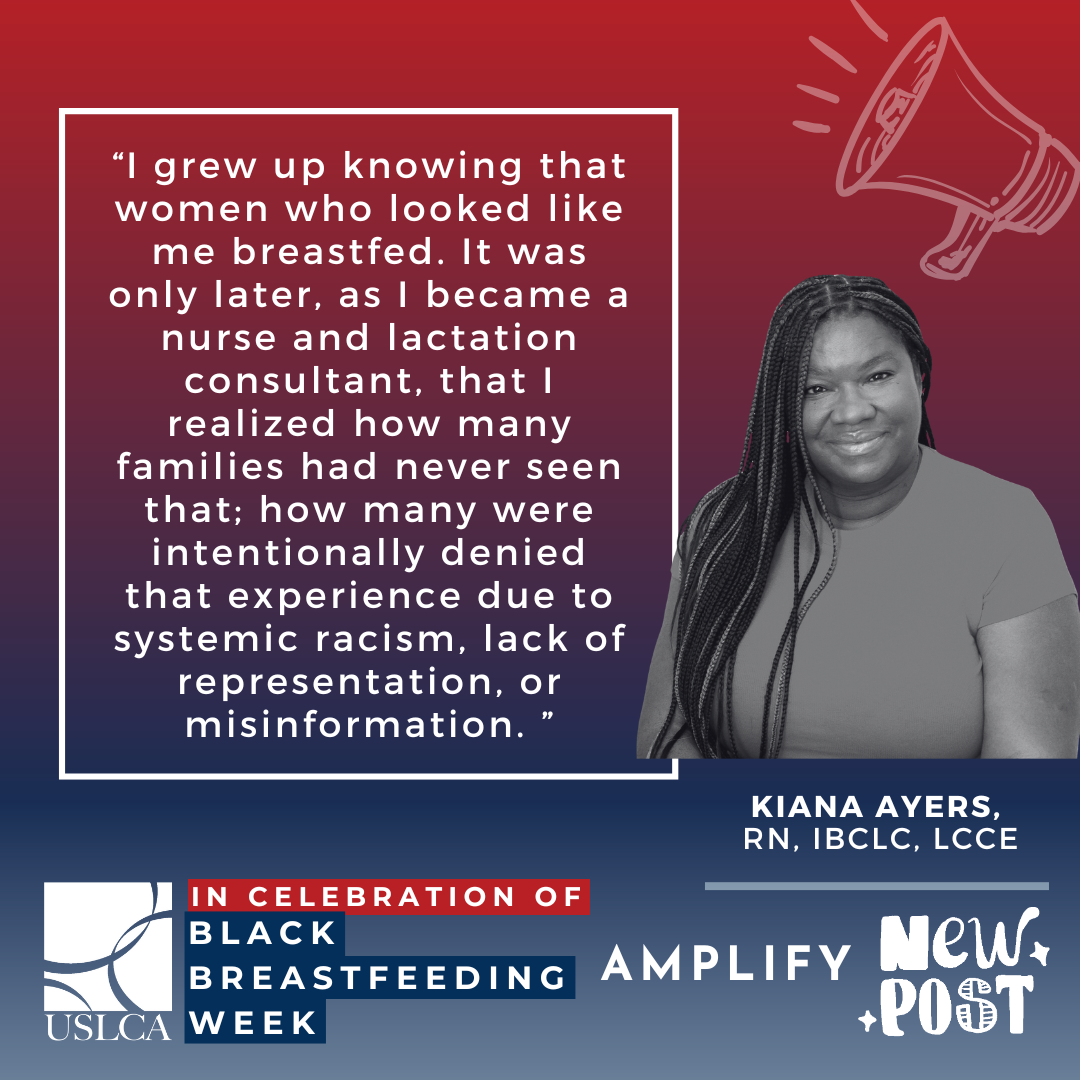Empowering AANHPI Families:
Melissa Tsoi Cheng’s path to Inclusive Lactation Care
August 22nd, 2024
Editor’s Note: The following interview with Melissa was conducted in two parts. The initial question and response were recorded during a video call, while the subsequent questions were answered in writing by Melissa. This format allowed for both spontaneous conversation and thoughtful, detailed responses.
By: Melissa Tsoi Cheng, BS, CLES, IBCLC
 Shirley [S]: Hello Melissa. Could you please introduce yourself?
Shirley [S]: Hello Melissa. Could you please introduce yourself?
Melissa [M]: Yes, of course. I think my path here is a little bit unconventional. I don’t have any background in health care, but I’m seeing that in lactation and maternal health in general, it’s often a work of passion. Many people don’t start with a straight path, and I’m getting more comfortable with that idea.
I’m coming from a 12-year career in the fashion industry. It wasn’t until the pandemic that I started getting into lactation care. My experience returning to work after maternity leave really highlighted the challenges many women face. Initially, my boss was a mom of two who understood my needs as a new mother. But then my company was sold and restructured. By the time I returned from maternity leave, they had put a single man with no kids in her place.
He didn’t really understand my schedule. I was having to stop and pump every few hours, and I wanted to leave at a certain time so I could breastfeed my son before he went to bed. I was already feeling guilty about going back to work with a four-month-old, and then I had to battle all of that. I knew something needed to change. And then COVID hit.
The pandemic forced our entire LA office to shut down. It made me reevaluate my priorities and decide what kind of parent I wanted to be. I had been traveling every quarter for work, and I didn’t want to do that with a newborn.
My own breastfeeding journey really influenced my path. As a first-time mom, I felt unsupported in the hospital. My questions were brushed off, and I left not knowing what cues to look for or how to be successful at breastfeeding. By day five, I was severely engorged but had no idea how to manage it. When I went to a free lactation clinic in a panic, they immediately admitted my son for severe jaundice. It was traumatic – I felt like I’d failed and unknowingly endangered my baby’s life.
We left the hospital triple feeding, with no plan for when to stop supplementing. I didn’t even know lactation consultants existed outside the hospital until a friend recommended one when I was ready to quit. That’s when we discovered my son had an oral restriction and torticollis, and we finally got on track with the right practitioners.
I was fortunate enough to practice the Chinese postpartum sit month, which is a traditional practice not just in Chinese culture, but in many Asian and Hispanic cultures too. It’s a period of containment after birth where the birthing parent stays home to focus on healing and bonding with the baby. There’s a wide spectrum of practices, but it often involves dietary restrictions based on traditional Chinese medicine principles of “hot” and “cold” foods that either help or inhibit the healing process.
I had a Chinese postpartum nanny, or Yue Sao, to help me through this time. She was really helpful in identifying the right foods to promote healing, rebuild iron, and increase collagen. However, even with her years of experience with newborns, I realized there was still so much missing information about breastfeeding. Her advice, while well-intentioned, sometimes led me astray.
My own family had no breastfeeding experience either – when my mom immigrated, she was told her breasts were too small, so she used formula. She constantly questioned why I insisted on breastfeeding if I could “afford” formula. It became clear that there were generational and cultural differences in our approach to infant feeding. This added another layer of complexity to my breastfeeding journey.
In reflection, I realized my experience was bound by layers of generational, cultural, and general misinformation. When I sought lactation care, I couldn’t find anyone who looked like me or understood my cultural postpartum practices. Representation matters, especially when you’re in such a vulnerable position.
All of this has influenced my approach to care. I recognize how crucial prenatal and in-patient care can be, all through a culturally sensitive lens. Diversity within the lactation field is vital. Understanding, supporting, and respecting different postpartum practices can significantly impact a parent’s healing and breastfeeding success.
I was fortunate to find the Breastfeeding LA Clinical Lactation Program, whose mission of inclusivity and diversity resonated with me. I completed my education and clinical training at UCLA Santa Monica Hospital, which gave me a well-rounded experience seeing patients from delivery through after they got home. This helped me understand how the information given in the hospital really affects parents once they’re home.
I took the exam this past April and passed. I think my background allows me to bring a unique perspective to lactation care, understanding the cultural nuances and the importance of representation in supporting new mothers. I hope to be that person for someone else in my community, providing the support and understanding I wished I had during my own journey.
Shirley [S]: In what ways has the lactation care field evolved to become more inclusive, and what areas still need improvement?
Melissa [M]: I think we can recognize that in order to become an IBCLC, there can be a lot of barriers to entry, including monetarily in being able to afford the education, but also in some cases finding a willing mentor, affording mentorship, and being able to complete your clinical hours on your own time and on your own dime. There are some great scholarships like the USLCA IBCLC Scholarship and MILCC that strive to provide support for those serving marginalized communities, as well as programs like BreastfeedLA’s education and clinical lactation program, which I was fortunate enough to be a part of. That’s great, but how are we even bringing people to the table in the first place?
I believe that community outreach and advocacy can always improve, potentially leading more people within these groups to develop an interest in lactation. I may be projecting a little of my own experience, but I think that in many cases, people aren’t even aware that lactation care is an option for them, and even if they are, it may not be accessible. I think that more outreach and better access to care within communities of color can inspire more people to seek out a path towards working in lactation care. Representation matters in any space, and seeing someone who looks like you and has shared a similar experience, has the potential to make you feel comfortable and cared for, and inspire you to imagine yourself doing that work.
Impact and Future Goals
[S] How can the lactation care field better address systemic inequities in maternal and infant Health?
M: Thankfully, in recent years with the Affordable Care Act, more people are able to access lactation care through their insurance. However, I think we can all agree that the process is not simple or perfect by any means, and it still leaves many families with lack of access to care. Continuing engagement and lobbying with policy makers is essential, not just specifically at a lactation level, but looking beyond and towards women’s health care, paid family leave, etc., as that will all ultimately have an impact on lactation and a parent’s choice to breast/chestfeed. We can’t only work within our own silo, but I think that with where we are in the political climate now, we need to reach beyond and work with those adjacent to us to protect women’s rights to healthcare/reproductive health first.
Personal Insights
[S] What book, podcast, or resource has significantly influenced your approach to lactation care, and why?
[M] I really love listening to the Milk Minute Podcast! Although this podcast may be geared towards breastfeeding parents and not necessarily for lactation professionals (although they do have some episodes for clinicians), I appreciate how they always bring problems back to clinical studies and evidence-based care. It’s clear that they stay up to date on current studies and clinical protocols (like the big change in the mastitis protocol), and are humble enough to admit when their care plans were wrong or should have been different. Listening for the past few years has really illustrated the importance of continuing education and being a lifelong learner. They are also hilarious, and it helps to remind me that sometimes it’s ok to bring humor into situations! A few takeaways – stay current (with information), stay humble, and “laugh a little (or a lot)”.
The content of this post does not imply endorsement and may not reflect the position of USLCA.



